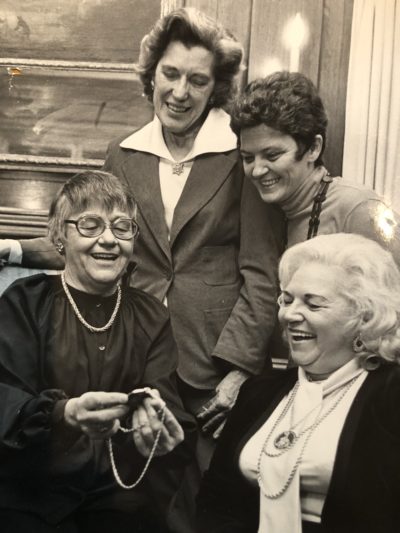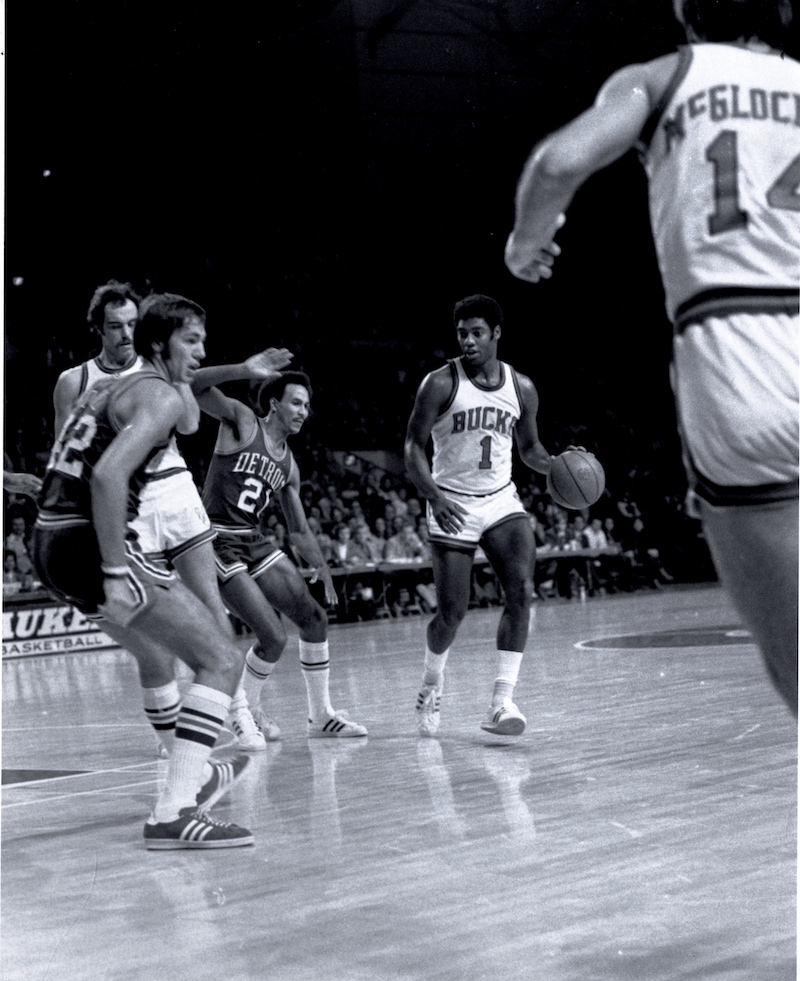Curriculum
Welcome to the Encyclopedia of Milwaukee’s collection of guides and resources for middle school, high school, and college educators. Built in partnership with Milwaukee area teachers, these guides provide comprehensive lesson plans, exercises, and other key tools for teachers to incorporate elements of Milwaukee history into their curriculum.
EMKE’s curricular guides explore key themes, events, and people in Milwaukee history, while also modeling how historical knowledge is produced. Each guide suggests a grade/age range and lesson duration. It also indicates the Common Core and Wisconsin DPI Social Studies standards it fulfills. Guides also map out introductory activities, developmental exercises, and ways to conclude or further reinforce lessons.
This collection is a work in progress and will be updated as our partnering teachers develop new guides. If you have suggestions on how we might improve these guides or would like to help is develop our collection, please let the EMKE staff know using the “Contact Us” link.
Holy Hill
Students critically reflect on the connected issues of identity, space, and belonging—specifically considering Washington County’s iconic “Holy Hill.” In groups, they analyze similarities and differences in how Holy Hill is represented in popular images versus up-close interactions with the space. Students then examine how space shapes and creates relationships and consider questions that put issues of access and identity in intersection.
Women in Milwaukee History, Document-Based Question
Students spend five days building an essay on how women shaped Milwaukee history. They specifically investigate women’s contributions to professional careers, aid to immigrants, civil rights, and political activities. Students annotate Encyclopedia of Milwaukee entries, classify facts into categories, develop a thesis to a research question, outline a five-paragraph essay, and write the essay with supporting facts from the encyclopedia.
Basketball
Students use the topic of basketball to explore how historical narratives are built. They read and annotate text to determine main ideas, support details, and overall structure of the text. Students determine the meaning of unfamiliar words. Finally, they will answer eight questions that are written in the format of a Common Core standardized test.
Getting Around
Students learn how getting to and from school, work, and play spaces has changed in Milwaukee. They use "Who, What, Where, When, and How" strategies to analyze photographs from the past. Students compare and contrast the modes of transportation they find in these photographs to determine changes and continuities with transportation they are familiar with today. Advanced readers construct and analyze a timeline.



